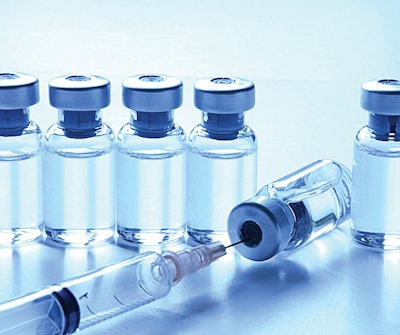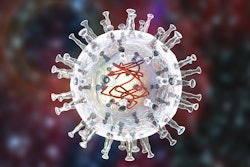
The Foundation for Food & Agriculture Research (FFAR) has awarded a US$1 million Seeding Solutions grant to Kansas State University (K-State) to develop safe and rapidly deployable vaccines to prevent African swine fever (ASF) virus.
Elanco Animal Health, K-State, Kansas State University Innovation Partners and MEDIAN Diagnostics Inc. provided matching funds for a US$2,645,427 total investment.
“Should the virus reach the U.S., outputs from this research could slow the virus’ spread, protect millions of U.S. pigs and safeguard our food supply,” said Dr. Jasmine Bruno, scientific program director at FFAR.
ASF virus has existed in Africa for decades; however, the virus is spreading and has been detected in the Dominican Republic and Haiti. Without a preventative vaccine or treatment, producers’ only control option are enhancing biosecurity, increasing surveillance and quarantining or culling infected pigs.
Producers need a way to protect their herds, as losses would be staggering not only for the pork industry, but also for other agriculture commodities that support the industry, such as corn and soy.
To address this urgent concern, Dr. Waithaka Mwangi, immunology professor in the Department of Diagnostic Medicine/Pathobiology, College of Veterinary at K-State, is developing and validating a vaccine to protect pigs from the virus. Certain proteins inherent within the virus can activate an immune response in swine. This research is identifying which ASF virus proteins induce protective immune responses, the optimal vaccine dose, the most effective immunization platform and a way to differentiate infected from vaccinated pigs. Additionally, the research team is addressing safety concerns and production constraints that would allow regulatory agencies to approve the use of this vaccine.
















